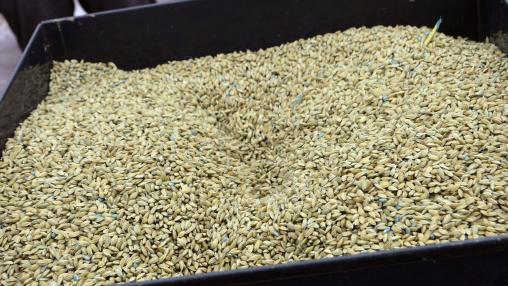Guatemala: Acute Food Insecurity Situation for May - August 2025 and Projections for September 2025 - January 2026 and February - April 2026
For the first projection period, September 2025 to January 2026, a relative improvement is expected, with around 2.6 million people (14 percent of the population analysed) in IPC Phase 3 or above. This includes 2.4 million in Phase 3 (Crisis) and 185,000 in Phase 4 (Emergency). This represents a 5 percent reduction compared with the previous period, attributed to improved food availability in some areas.
However, for the second projection period, February to April 2026, a deterioration is anticipated, with about 3 million people (16 percent of the population analysed) in IPC Phase 3 or above. Of this total, around 2.8 million would remain in Phase 3 (Crisis) and more than 248,000 in Phase 4 (Emergency), reflecting the persistence of structural factors that continue to undermine food security.

Food Security and Incomes in Guatemala During Food Crises
Since early 2020, Guatemala has faced a multitude of food security shocks: from the outbreak of the COVID-19 pandemic and resulting restrictions on movement and disruptions to agricultural trade to widespread flooding following several major tropical storms to skyrocketing staple food prices. A new article in World Development examines the immediate and longer term impact of these shocks on households’ incomes, diets, food security, and migration decisions, particularly in rural areas.
Domestic Food Price Monitor
The Food Price Monitor provides daily updates of prices in wholesale and retail markets for a wide range of food products. Alerts refer to price changes from the start of social distancing measures taken because of COVID-19 and are based on a pre-COVID-19 reference price.

Food and Nutrition Security Among Multiple Factors Behind Child Migration to the US
Child migration from Central America to the US can be attributed to different socioeconomic factors depending on the point of origin, demanding tailored multisectoral domestic solutions.

Nutritional Impacts of Rising Food Prices
2006-2008 saw dramatic increases in the price of many staple food items, particularly maize, rice, and wheat. These staple commodities form the bulk of the diet of the world’s poor populations, many of whom spend over one-half of their income on food. The result in many areas of the world was worsening poverty for already poor populations due to a decline in purchasing power. While much attention has been given to the economic impacts of the rise in food prices, little empirical research has been conducted to examine the nutritional impacts of the food crisis.